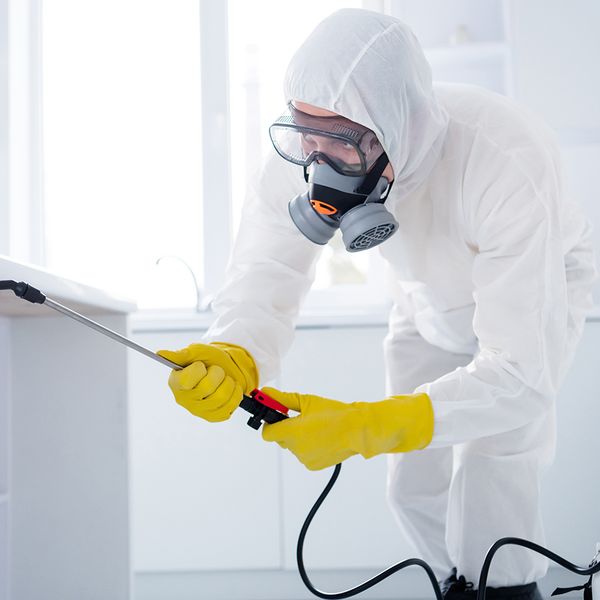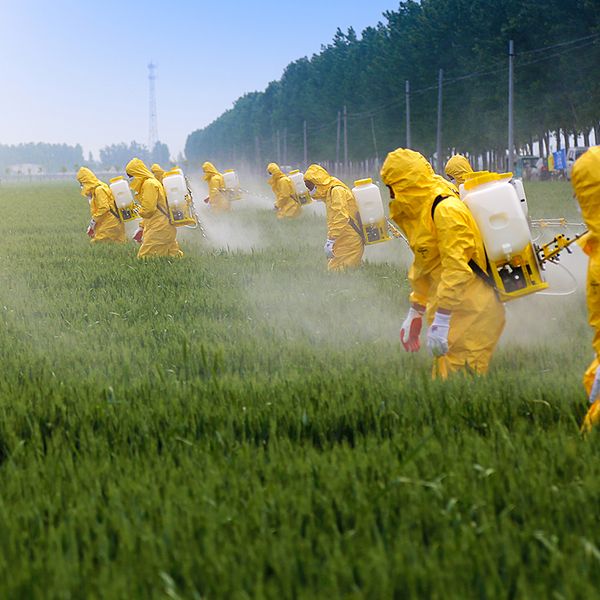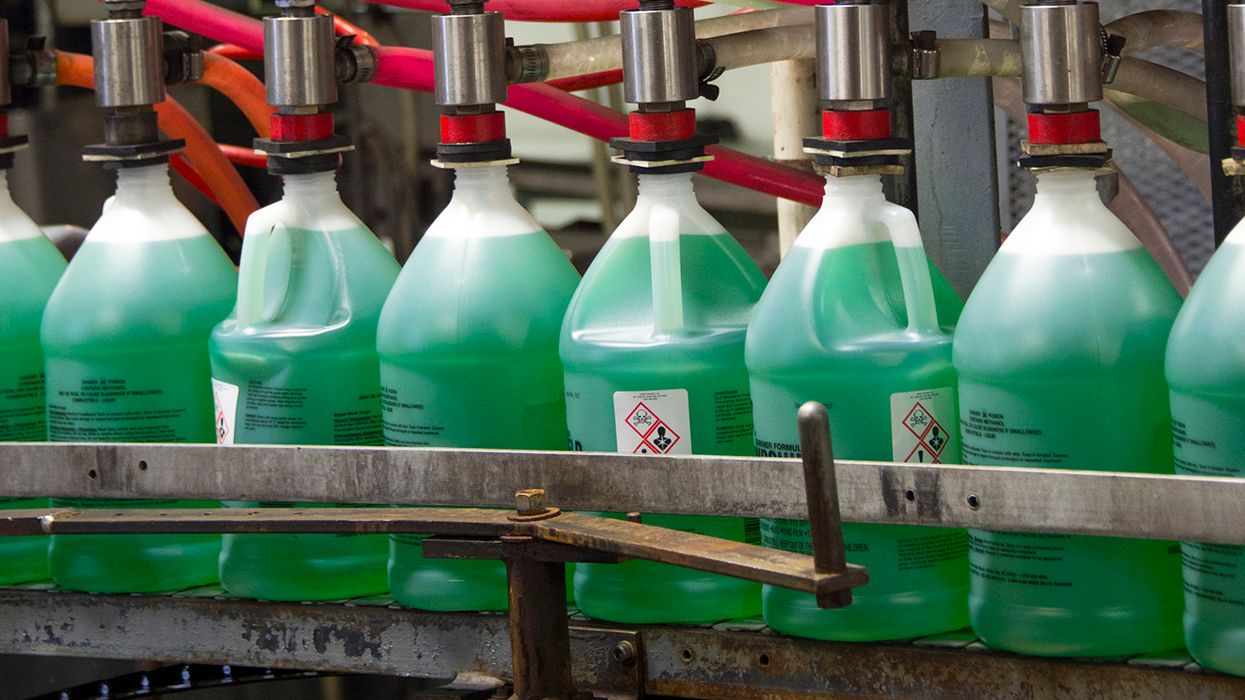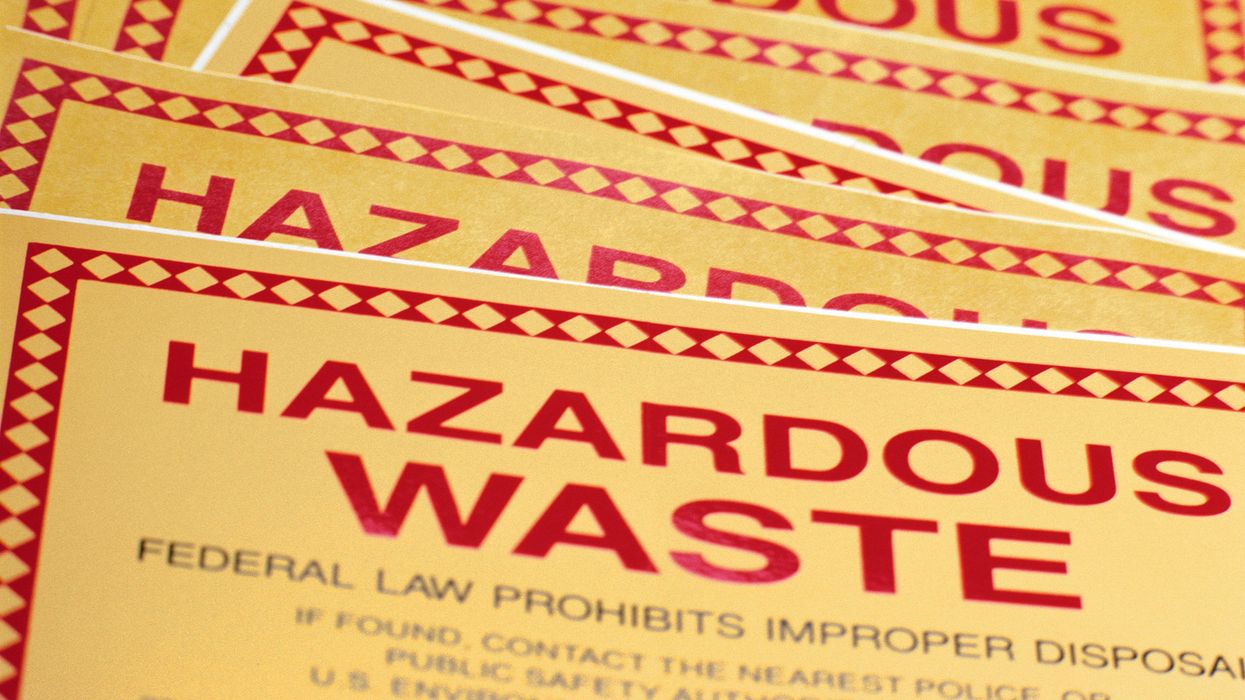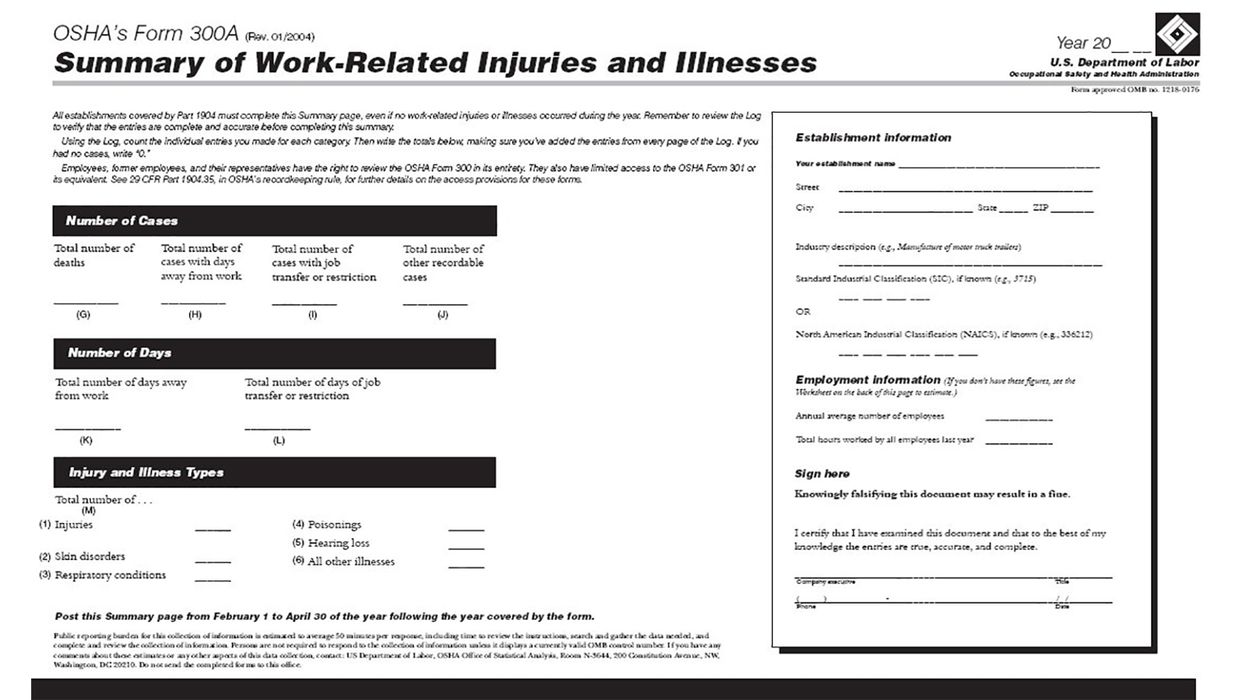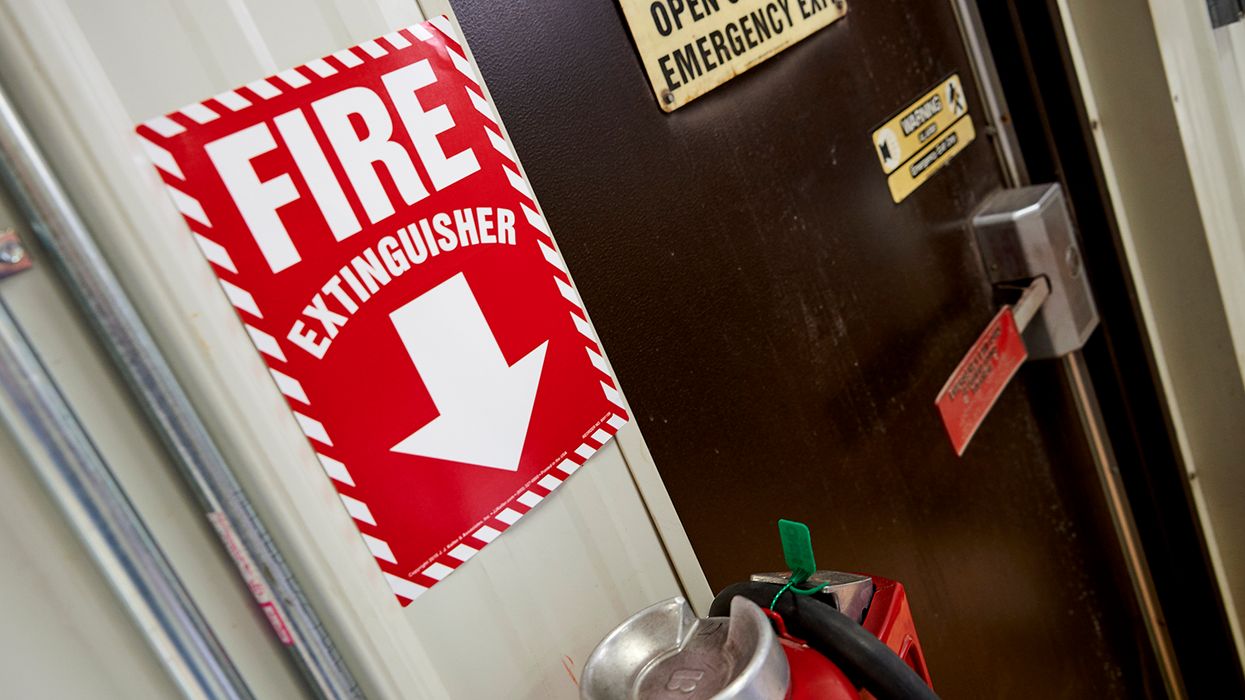Protect outdoor workers from poisonous plants
For many outdoor workers, contact with poisonous plants is a common hazard. Workers at risk include construction workers, landscapers, gardeners, outdoor painters, roofers, and wildland firefighters. If a workplace exposure to a poisonous plant results in medical treatment, restricted work, or days away, the employer must record the case on the OSHA 300 Log as a skin disorder (a type of illness).
The allergenic dermatitis of plants like poison ivy, poison oak, and poison sumac is caused by urushiol. Contrary to popular belief, for urushiol to come into contact with human skin, the plant must be damaged. Brushing up against the leaves is usually not enough to cause an allergic reaction.
Unknown factors potentially affecting severity include the relationship between a worker’s age, health status, environmental conditions, and their susceptibility to poisonous plants.
Types of exposures or reactions may include the following:
- Mechanical dermatitis occurs when the skin is cut, punctured, or abraded by thorns, spines, or hairy appendages of plants that result in secondary infections.
- Irritant dermatitis can happen when an irritating chemical in the plant contacts the skin. This is the most common occupational skin disorder.
- Phytophotodermatitis, the most common form of irritant dermatitis, occurs when a chemical in a plant gets on the skin and then reacts with ultraviolet (UV) light from the sun. This reaction causes skin damage that begins as a patchy red rash with blisters.
- Allergic contact dermatitis requires prior exposure to a plant chemical which sensitizes the immune system. As a result, antibodies form, leading to a more severe responses to the allergen with additional exposures.
Along with skin contact, workers can get exposed to plant toxins by breathing in poisonous plant matter (inhalation) or by getting the plant toxin into their mouth (ingestion) from hands, tools, equipment, or other surfaces containing the toxin.
Employers can:
- Train workers on poisonous plants that may be present where they work, and what to do if exposed. Contact state and regional resources for information on local poisonous plants.
- Provide suitable PPE such as gloves, eye protection, or respirators (if needed). Clean PPE per manufacturer instructions.
- Instruct workers to clean tools and equipment after use. Toxic oils and residues left on the equipment can affect others that touch and share the equipment.
- Provide soap and water to clean hands and skin.
- Educate workers to not handle, touch, or eat unknown plants, including fruits and nuts.
Workers can:
- Recognize poisonous plants where they work based on training.
- Wear long pants, boots, long sleeve shirts, gloves, and eye protection.
- Wash exposed clothing separately in hot water with detergent.
- Clean used tools with rubbing alcohol or soap and water. Wear disposable gloves during this process.
- Avoid touching their eyes or wiping plant fluids and sap on their clothing.
- Notify coworkers and supervisors if they have been exposed to hazardous plants.
- After exposure, immediately rinse the skin with rubbing alcohol, poison plant wash, or degreasing soap (such as dishwashing soap) or detergent, and lots of water.
- See a doctor if the rash is severe, is located on the face or genitals, or has spread to other parts of the body or if there are signs of an inhalation exposure (difficulty breathing, swelling of throat and face, or a choking feeling). Call 9-1-1 if they experience a severe allergic reaction.
Key to remember: To protect themselves from poisonous plants, workers must recognize which plants are dangerous, understand how exposure occurs, and know how to address an exposure.







